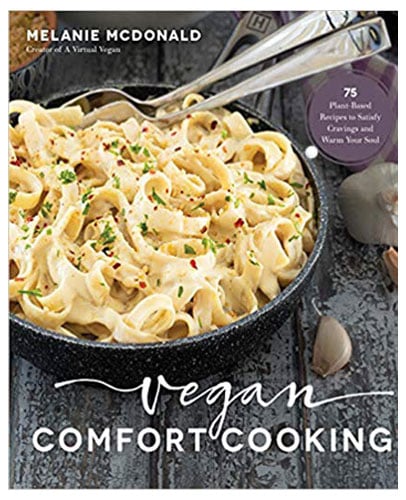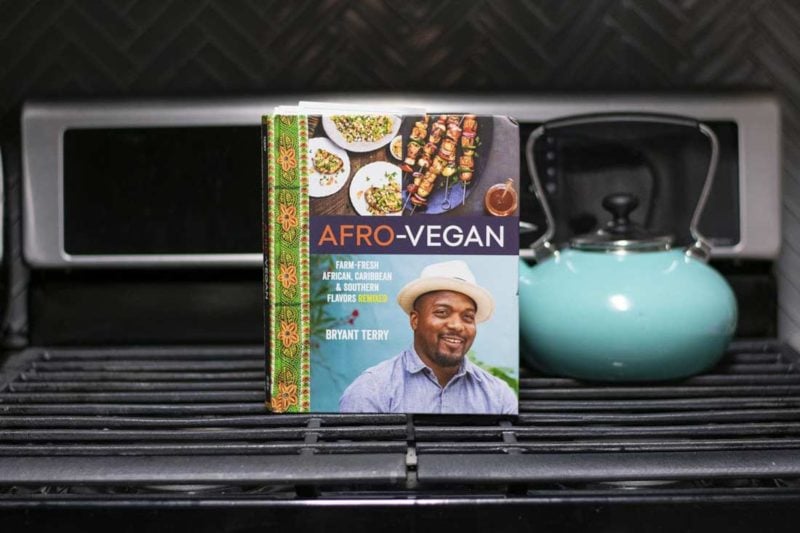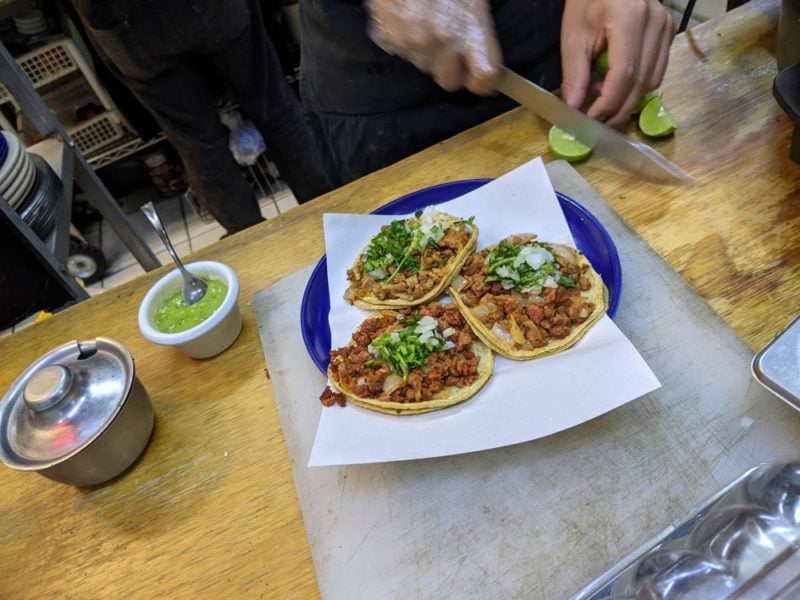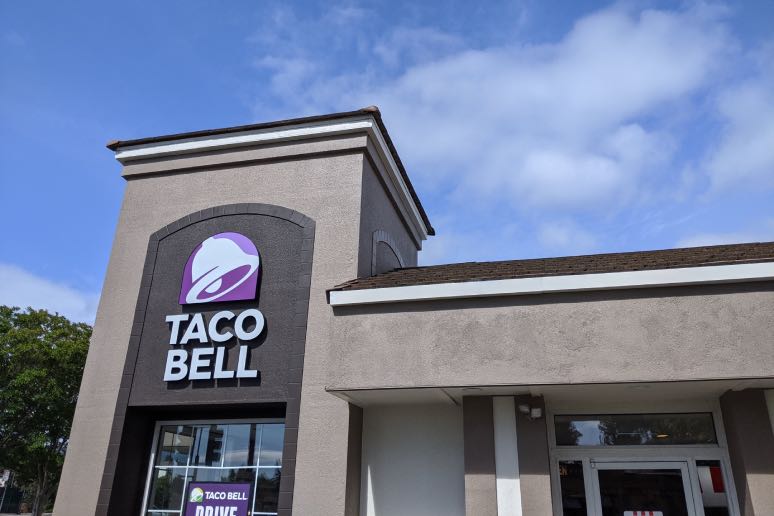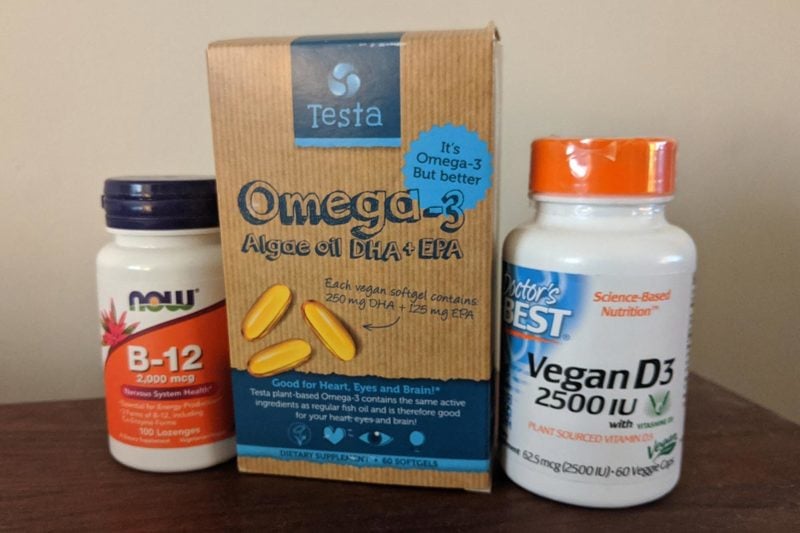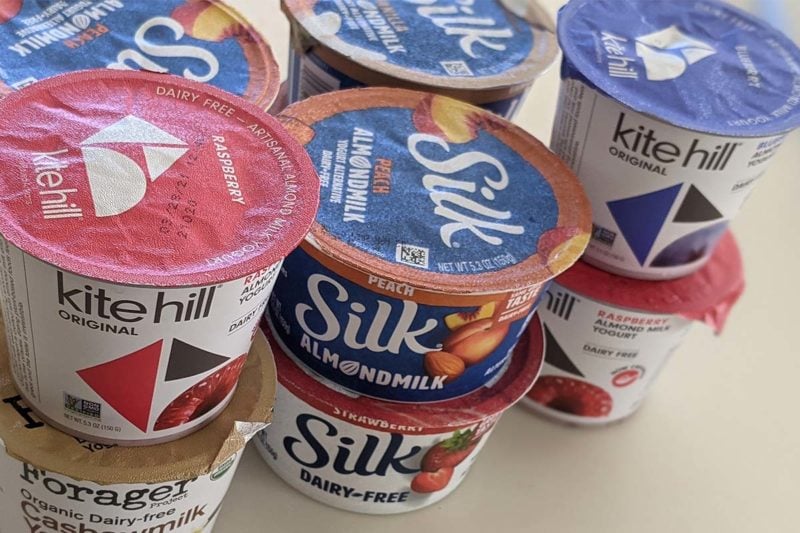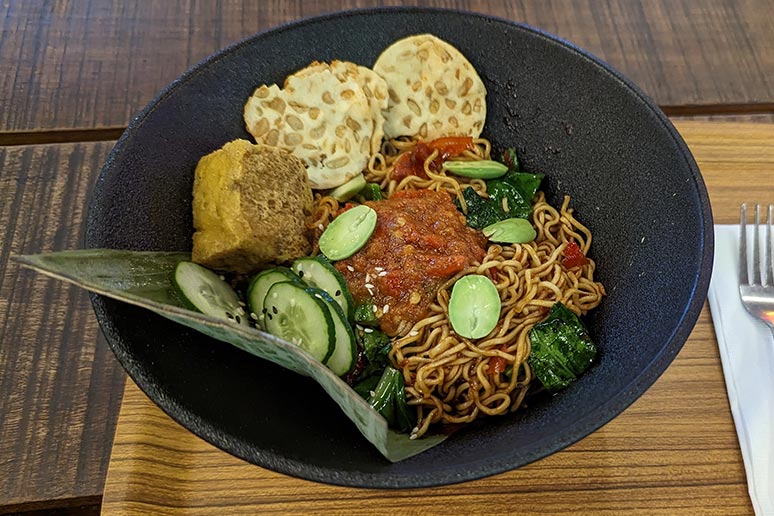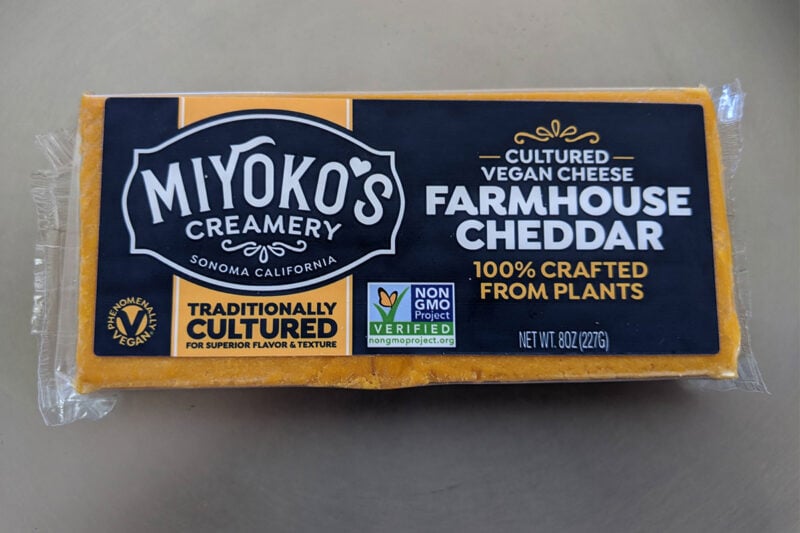The worldwide pork industry is massive, raising and killing about 1.4 billion pigs a year. I’ll cover the fate of those animals in a moment, but that particular medicine is too bitter to swallow without a spoonful of sugar. So let’s begin with a happy story that puts the welfare of commercially-raised pigs into context.
The Micro-Pig Who Became a Macro-Pig
In 2012, a couple adopted a “micro-pig” as a pet. She was cute and tiny and wouldn’t grow much bigger than a small dog, or anyway that’s what they were told. Reality intervened. That adorable tiny piglet, who they named Esther, just kept growing and growing and growing. It turned out that Esther actually came straight from a commercial pig operation. She grew to 500 pounds within two years and she kept right on growing. By the time the couple understood their situation, they had fallen in love with her. They started shooting videos of their increasingly massive pig as she hung out around the house, and they ultimately wrote up their experiences in a book titled, Esther the Wonder Pig.
Playful and inquisitive, Esther quickly became the most famous pig on YouTube, racking up millions of views for videos featuring her inhaling pies, yawning, and taking a dip in the backyard. The joy she so plainly takes from life has inspired countless people to quit bacon.
Every pig raised commercially is every bit as engaging and sensitive as Esther. But instead of receiving a name they get notches cut into their ears for identification, or a number tattooed onto their sides.
Factory Pig Farming
Unless you pay a steep premium, the meat you purchase at a supermarket or restaurant nearly always comes from what activists call “factory farms.” These facilities represent default industry practices, and animal welfare is typically so bad as to be scarcely believable.
As with the chicken and dairy industries, pork producers commit one grotesque abuse case after another after another after another. Indeed, the modern pork industry is the product of a culture that tolerates any practice that boosts profits, no matter how cruel.
As long ago as 1976, the industry journal Hog Farm Management advised its readers to, “Forget the pig is an animal—treat him just like a machine in a factory.”
Factory farmed pigs spend their entire lives in crowded indoor conditions—never once setting foot outside. Ammonia from pig urine permeates the barn to such a degree that it damages the lungs of pigs and workers alike. In fact, the fumes are so concentrated that merely living near a pig barn elevates risks of a variety of health problems.
Mutilations and Selective Breeding
Just like people, pigs are more likely to become violent and aggressive when housed in crowded and stressful environments. But since crowding is key to maximizing revenue, producers effectively compete over who can crowd pigs most tightly without causing mortality rates to spike. They accomplish this by systematically mutilating each piglet shortly after birth. The piglets’ “needle” teeth and tails are cut off to reduce the chances that they will attack one another. Males get castrated. All of this is done without anesthetic. Although injecting piglets with a local anesthetic costs only about 25 cents, the industry considers even this pittance is too costly.
One of the pig industry’s ongoing problems concerns “downers”—animals rendered unable to stand due to sickness, injury, or lameness. About 3 percent of pigs arrive at the slaughterhouse unable to walk to the kill floor. In 2012, the U.S. Supreme Court overturned a California law that forbade selling the flesh of these downer pigs for human food.
Pigs go to slaughter at just under six months of age, at a weight of about 240 pounds. If allowed to reach adulthood, they can grow to nearly 1000 pounds and live more than five years.
Gestation and Farrowing Crates
Of all the grossly inhumane practices carried out at factory farms, the pork industry’s breeding practices rank among the most unconscionable.
Here, the breeder sows live out the entirety of their lives immobilized in crates so narrow they cannot turn around. Sows spend their pregnancies isolated in individual gestation crates. There, they have no ability to socialize with other sows in the barn. A few days before giving birth, they are transferred to farrowing crates.
Farrowing crates are appallingly cruel, and frustrate a mother pig’s every maternal instinct. At higher welfare pig farms that reject crates as intolerably inhumane, the sow will gather a big pile of straw and build a nest in which she will give birth. This straw makes for comfortable bedding for mother and piglets. Straw also adds safety during nursing since its cushioning protects tiny piglets from accidental crushing under the mother’s weight.
The conditions of a farrowing crate couldn’t be more different. Rather than straw, the mother sleeps on concrete flooring, with the piglets positioned in a shallow trough just outside the crate. Although the sow can nurse her piglets, she is denied sufficient mobility to nuzzle or interact with them. Weaning occurs in about 28 days, with the piglets then taken away to be raised for meat. The sow is moved back to a gestation crates where she is re-impregnated within a week.
The isolation brought on by these crates causes all manner of emotional suffering. Sows commonly gnaw at the crate bars and engage in other disturbing behaviors arising from the emotional trauma associated with constant confinement.
Efforts to Outlaw Crates
Naturally, the treatment of breeder sows attracts substantial criticism—which the pork industry indifferently waves off. Amidst growing opposition to gestation crates, the communications director of the National Pork Producers Council responded:
…our animals can’t turn around for 2.5 years that they are in the stalls…I don’t know who asked the sow if she wanted to turn around…
In 2018, California voters approved a law banning the sale of pork produced under this sort of confinement. The law’s requirements were modest—merely granting each breeder sow a couple beach towels’ worth of space. But the pork industry would have none of it. Industry lawyers took the matter all the way to the U.S. Supreme Court, finally losing their case in 2023. The Court’s ruling hasn’t stopped the industry from continuing to use the most egregiously cruel forms of confinement to produce pork for states and countries that lack California’s animal welfare restrictions.
Pork Farming’s Environmental Costs
The pork industry locates its farms predominantly in states with weak environmental regulation, especially North Carolina and Iowa. In North Carolina alone, 8.8 million pigs annually produce 10 billion gallons of waste.
The fouling of North Carolina’s rivers and water supplies is well-documented. The state’s risk of hurricanes compound the problem. When a hurricane strikes, an environmental and animal welfare catastrophe inevitably unfolds at nearby pig farms. Given the massive scale of pig farms and the short notice producers have about an impending hurricane, neither the pigs nor the massive fecal waste lagoons can be secured from flooding. 100,000 pigs drowned when Hurricane Floyd hit North Carolina. And the state’s pig farms compounded the environmental devastation wrought by Floyd’s flooding:
Floodwaters flushed the contents of fuel tanks, pig waste lagoons, and human sewage treatment plants into the state’s rivers and sounds and, ultimately, out into the Atlantic Ocean. The carcasses of pigs, chickens, and other dead animals floated in the soup of pesticides, fertilizer, and topsoil carried in the massive runoff.
In Iowa, a state with 23 million pigs and only 3 million people, the environmental consequences of pork farming are comparably shocking. The state’s pig, poultry, and cattle operations produce water pollutants comparable to what 168 million people would generate. Although the Gulf of Mexico is more than 1500 kilometers south of Iowa, the pollutants from Iowa agribusiness, including its hog farms and the fertilizers used to grow crops for Iowa’s pigs, inevitably reach the Gulf, contributing to its massive dead zone.
Alternatives to Pork & Bacon
Ridding your diet of pork and bacon is easy. Most vegan cookbooks offer at least a few meaty recipes that make terrific replacements to pork-based meals. There’s even a vegan cookbook titled Baconish that features nothing but recipes devoted to replacing bacon and pork.
Natural food stores sell a variety of delicious vegan alternatives to pork and bacon, and the options get better every year. You can buy vegan bacon, sausage, ham, hot dogs, and even chorizo. For a solid roundup covering every sort of pork alternative, visit our vegan meats page.





